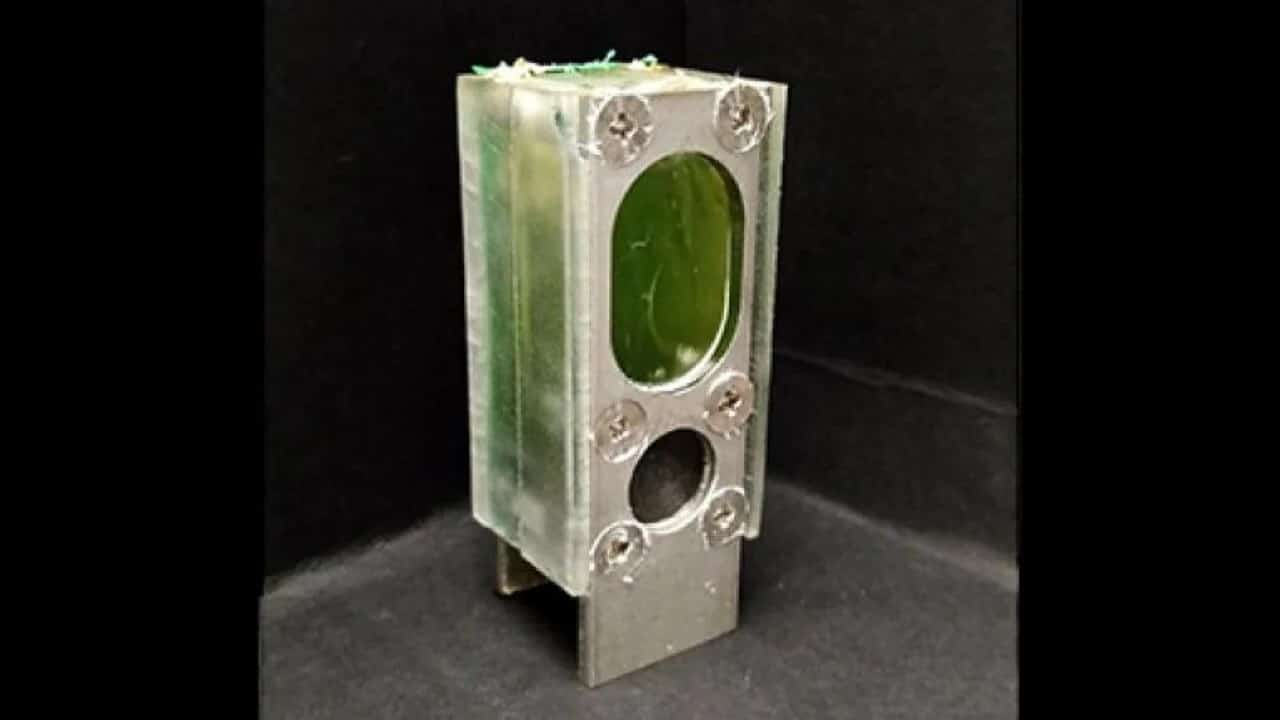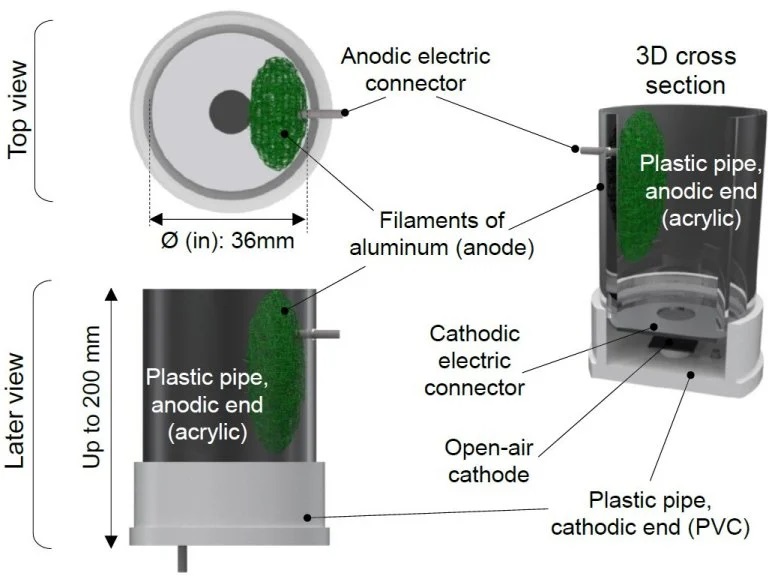A team of researchers from the University of Cambridge have successfully replaced a battery with algae to provide continuous power to a microprocessor.
The tiny system is about the same size as an AA battery and is powered by an ARM Cortex M0+ processor. Nevertheless, Instead of drawing power from a rechargeable battery, the researchers used a non-toxic blue-green algae called Synechoycystis to naturally harvest energy when exposed to the sun through photosynthesis.
The end result is enough natural power generation to power the ARM chip, but more importantly, it’s a continuous source of power and doesn’t run out like a battery does. When the sun rises, energy is available, and when the sun goes down, you will be surprised to find that the generation of energy does not stop. The research team believes that the algae have enough food left over to continue producing energy while it is dark.
Professor Christopher Howe, from the Department of Biochemistry at the University of Cambridge, and co-senior author of the paper, explained how useful this could be. “The Internet of Things (a concept that refers to a digital interconnection of everyday objects with the Internet) is growing by leaps and bounds and needs an increasing amount of energy, and we believe that it will have to come from systems that can generate energy , instead of simply storing it, as happens in batteries”.
The processor spent a year running on power generated by algae.
Testing with natural light in a domestic environment and semi-outdoor conditions resulted in continuous power output for six months, at which time the team’s paper was submitted for publication. But the algae continue to photosynthesize, the chip continues to get the energy it needs and has been running for a year.
The ability to replace a lithium ion battery with algae would be a very good thing for the planet, especially considering that by 2025 it is predicted that there will be more than 152,000 IoT devices connected to the Internet every minute. That’s a lot of lithium saved for other devices that consume much more energy and if or if they have to run on batteries.
Source: BGR
















